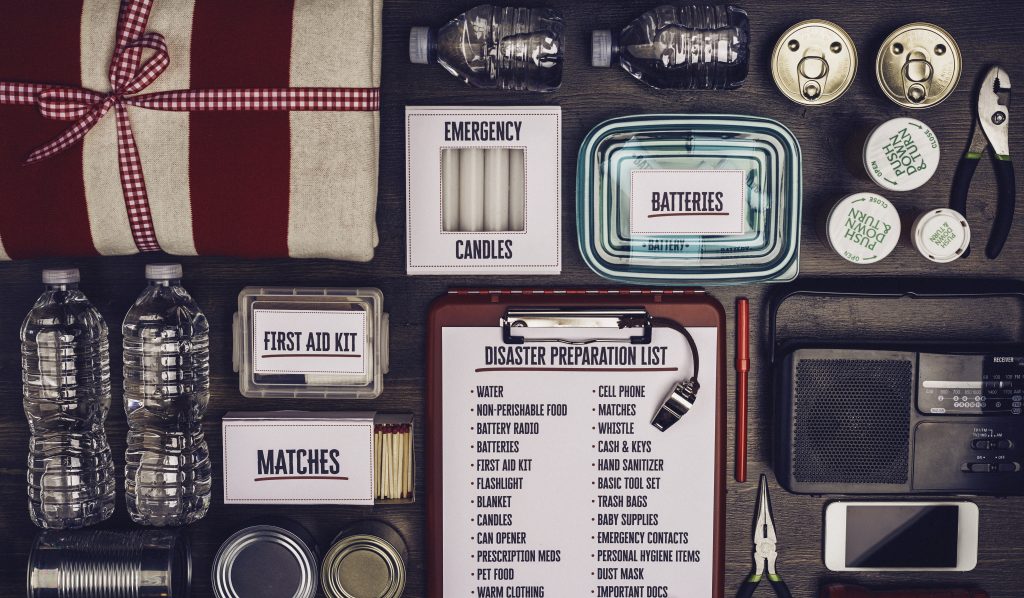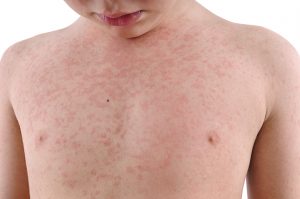A partnership of the National Immigration Law Center and CLASP (The Center for Law and Social Policy), the “Protecting Immigrant Families, Advancing Our Future” campaign is made up of hundreds of diverse organizations committed to lifting up immigrant voices and advocating for humane immigration policies in our communities and in our country. The American Academy of Pediatrics is an active member. Take Action by Writing to Legislative Officials.
Archives: Advocacy
The Butterfly Effect: Migration is Beautiful

Join Bay Area youth activists in creating 76,020 butterflies to stand in solidarity with the 76,020 migrant children detained at the border in 2019.
Resident Action: How can physicians promote immigrant health?
Take action by following these action points for pediatric health care providers created by Greta Peng, MD & UCSF Residency Immigration Task Force.
Technical Report and Policy Statements
Healthcare Issues for Children and Adolescents in Foster Care and Kinship Care Technical report and Policy Statements, Pediatrics 2015 Volume 136, #4
Disaster Preparedness, Part 1

John I. Takayama, MD, MPH, FAAP, Immediate Past President
I was minding my business when suddenly the glass windows and metal doors began to rattle. I tried to stand up but then the floor shook so I sat back down. It was all over in less than one minute and most everyone else who were walking about did not seem to notice. When I opened the “yurekuru” app on my smartphone, I realized that I had just experienced a small earthquake, magnitude 3 on the Richter scale. It was 9 am on June 24, 2019, in Minato-ward, Tokyo.
Disasters can happen anywhere, anytime and probably when least expected. The wild fires of last summer reminded all of us that our daily routines can suddenly change. How can we best prepare, so that we can minimize loss of lives and properties, so that we can overcome potential disruptions and continue to do what we do best, to take care of our patients? This is the first of a series of articles on disaster preparedness this summer.
One way to consider disaster preparedness is to remember the safety instructions that we rehearsed the last time we flew on an airplane. The flight attendants showed us where life preservers were stored and how to inflate them; we were reminded about the location of emergency exits, how passageways would be lit and to leave extraneous things behind when evacuating; and we watched how to put on the oxygen masks, first on ourselves and then on others who might need help. There is a logic behind each of the steps, applicable to any disaster; perhaps most important is that we rehearse them regularly.
We can also think about disaster preparedness by imagining a particular disaster and what we would do at home, on our commute or at work. In California, likely disasters might include natural ones such as fires and earthquakes as well as those instigated by humans such as gun violence. In natural disasters, preparations might include assembling an emergency supply kit, knowing where our utilities shut-off controls are, planning evacuation routes, and designing a family communication plan. We should participate in disaster drills at least annually, both at home and at our workplaces. Finally, we can include disaster planning in our daily routines, listening to news radio to stay informed about weather conditions and keeping our automobile fuel tanks filled and batteries charged.
I will end here with a description of some smartphone apps that might be helpful.
• CAL FIRE (California Department of Forestry and Fire Protection) helps me keep track of my preparations and includes potentially useful tools such as fire maps and wild fire alerts.
• FEMA’s app is more comprehensive and provides disaster preparedness tips specific for each type of disaster and resources that include shelters as well as applications for federal assistance.
• Yurekuru (“shaking is coming” in Japanese) is an app that originated in Japan where earthquakes are common; however, there may be other apps that are more applicable.
Please take our AAPCA1 2019 Disaster Preparedness Survey to gauge how disaste- ready you are; and go to our new chapter website for up to date resources.
Getting Ready
☐ Create a family disaster plan and rehearse it regularly
☐ Assemble an emergency supply kit (include food, water, batteries, contact lists)
☐ Designate an out-of-area contact person (i.e., an uncle, a friend)
☐ Make sure that family members know how to reach the contact person
☐ Know where your gas, electric and water main shut-off controls are
☐ Stay informed; know your local emergency notification and evacuation systems
☐ Plan and practice evacuation routes
Measles Outbreak

The number of measles cases in California has reached 50+ according to the California Department of Public Health. While this pales in comparison to the nearly 1000+ cases nationally, factors associated with worsening outbreaks persist. Half of California’s 58 counties have measles immunization rates below the 95% threshold for herd immunity. In some kindergartens, many children still do not have all of their required vaccines.
Measles is extremely contagious. Many of the current cases are related to travelers who have visited countries with higher rates of measles. The Centers for Diseases Control and Prevention now recommend that infants under 12 months old receive an early extra dose of the MMR vaccine at 6-11 months. Measles is serious; 1 in 4 who contracts measles will be hospitalized. 1-2 of every 1,000 children who become infected will die from respiratory or neurologic complications.
In order to identify early cases, children with one or more common measles symptoms, fever, cough, rhinorrhea, conjunctivitis and rash, are being screened and quarantined in health care and educational facilities. The most important next step for pediatric professionals is to assure that all eligible children in their practices are fully immunized. Health care providers, themselves, have begun to be asked to provide their own evidence of immunity.
Check out these resources:
After a Crisis, What Then?
John I. Takayama, MD, MPH, FAAP
“Ask how they are doing and remind them that you are thinking of them!” Dr. David Schonfeld, Director of the National Center for School Crisis and Bereavement, gently suggested to a concerned pediatrician during his insightful talk at Kaiser Santa Rosa on January 9, 2018. Dr. Schonfeld had traveled from Pasadena to train teachers at schools in Santa Rosa in the aftermath of the wildfires that destroyed nearly 250,000 acres, killing at least 44 people and hospitalizing 185 in Northern California.
Dr. Schonfeld provided simple but powerful recommendations and suggested a list of references during his presentation and discussion. When asked about what to say and what not to say, Dr. Schonfeld urged responders to “ask, listen, and don’t judge (don’t bring up your own past experience, don’t start a sentence with ‘at least….’).” Check out two great resources below.
Healthy Foster Care America
Healthy Foster Care America (HFCA) is an initiative of the National AAP and its partners to improve the health and well-being outcomes of children and teens in foster care.
Court Appointed Special Advocates (CASA) Volunteers
CASA volunteers are appointed by the Judge and act as the “eyes and ears of the court and the voice of the child.” Volunteers advocate by facilitating, investigating, and monitoring areas of need in the life of their assigned child.
Trauma Toolbox
This 6-part series was designed with the primary care practice in mind on the process of asking families about exposure to adverse childhood experiences (ACEs) or other traumatic events.
